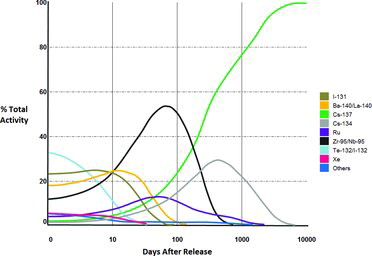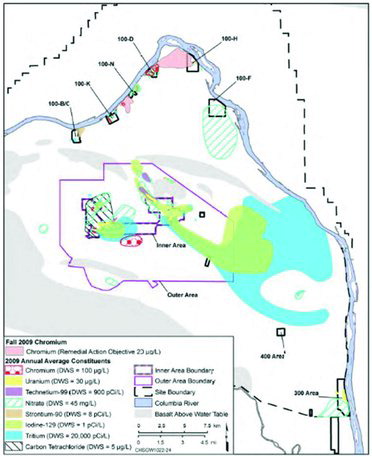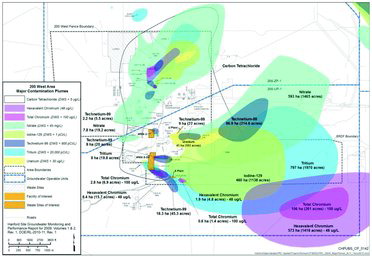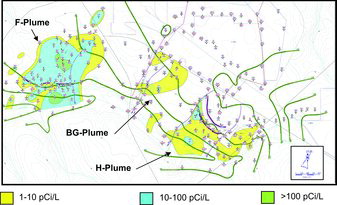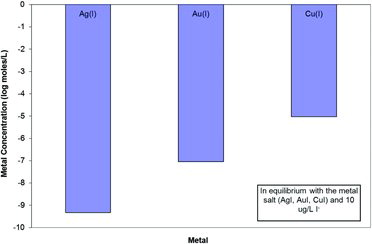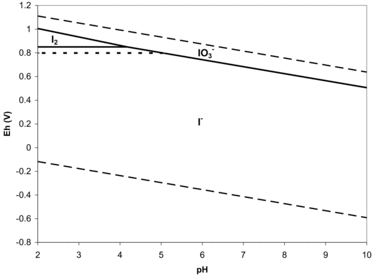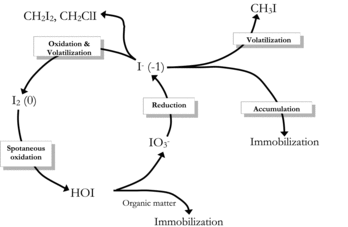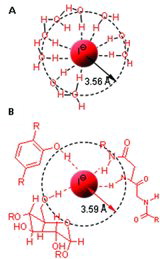Figures & data
TABLE 1. Inventory of radioiodine isotopes produced in a representative material irradiated by a production reactor (Kantelo et al., Citation1990)
TABLE 2. Radiochemical properties of 129I and 131I
TABLE 3. Major sources of 129I in the environment (compiled from Raisbeck and Yiou, Citation1999)
TABLE 4. Reactions of log K association constants of selected aqueous species of iodine
TABLE 5. Stable 127I and radioactive 129I speciation in groundwater collected in March 2012 from 200 West Area (Santschi et al., Citation2012)
TABLE 6. Iodide and iodate Kd values after 21 days of composite sediments recovered from 200 West Area borehole cores (Santschi et al., Citation2012)
